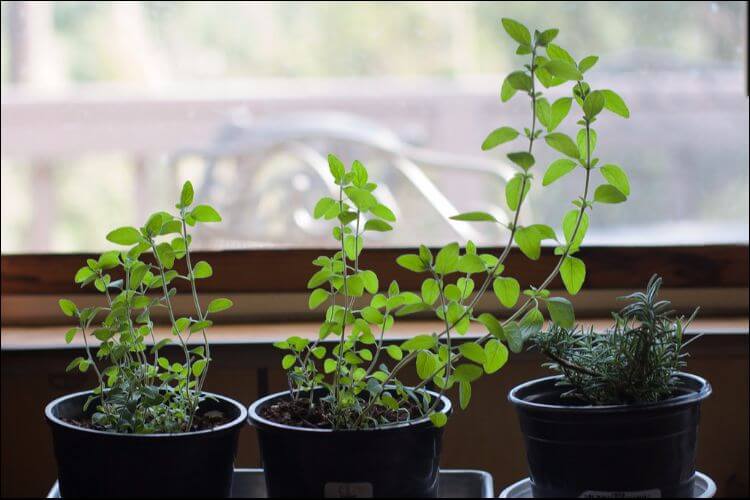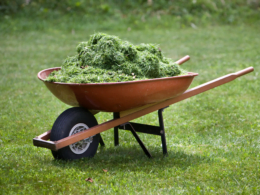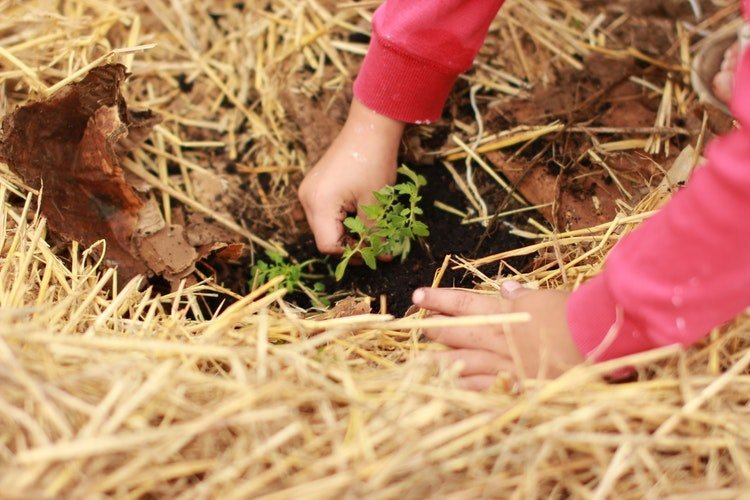Can I Use the Same Steps to Grow Snowdrops Indoors as I Would for an Indoor Herb Garden?
Growing snowdrops indoors is different from an indoor herb garden. To plant snowdrops in 8 steps, start by selecting a suitable container and filling it with well-draining soil. Then, place the bulbs in the soil, making sure their tips are just below the surface. Water thoroughly and place the container in a cool, dark location for about 12 weeks. Finally, move the container to a brighter area, and within a few weeks, charming snowdrop blooms will grace your indoor space.
How to Grow an Indoor Herb Garden Step by Step
1. Prepare the Right Light
Offering the best light is one of the hardest things you need to do when learning how to grow an indoor herb garden. The goal is to provide the plants with a vegetative light cycle. This means a minimum of 18 hours of light. Ideally, you should offer them a minimum of 8 hours of direct bright artificial light, if not from the sun itself. At the same time, you need to pay attention to each of the herbs’ needs. As an example, coriander and basil need more light than other plants. The best thing to do is to offer as much light as you can. A good tip is to place 2-3 fluorescent lights above the plants. This can help you grow more herbs than for just one meal. Alternatively, you can go for a small halide light that can cover a greater surface.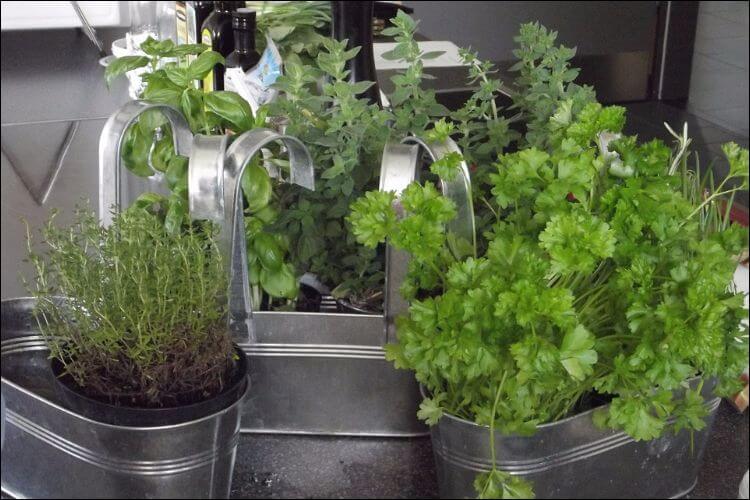
2. Choose the Right Soil
One challenge you must face when learning how to grow an indoor herb garden is the soil. Since you’re growing different herbs, you might wonder what’s the right type. The solution is a high-quality soil that drains well. Never take soil from outside since you don’t know what might be in it. Instead, go to a specialized shop and choose from there. Make sure it doesn’t clump together. It’s essential for it to let water drain. In this way, you can prevent root rot and overwatering, which are the most common problems herbs have.3. Set Up the Containers
When it comes to containers, it’s important to learn how to grow an indoor herb garden correctly. Things are slightly different than when you’re growing in a garden, for example. The nutrients found in the soil will eventually be consumed, so you must fertilize when that happens. The initial soil mix should have enough nutrients. For this, you need to mix 1 part perlite with 2 parts coir compost. Coir is the coconut fiber. Next, add 20% worm castings. Use a soil tester to find out the pH of the soil. If it’s acidic, add 1 gram of hydrated lime to every liter of soil. Alternatively, you can replace that with vermiculite, and you don’t need to adjust the pH anymore. Lastly, use 1 tablespoon of kelp meal for each gallon of soil. This will offer good micro-organisms and plant hormones the necessary nutrients. Remember to use this mix when you transplant your herbs as well.4. Water Accordingly
One golden rule when learning how to grow an indoor herb garden is to water every time you see the soil dry. Another way to tell when it’s time to dry is to pick up the container and see if it’s heavy or not. You can also test the soil with your finger. If you place your finger in it, and it’s dry 2 inches below the surface, you should water. At the same time, it’s important to water slowly. A fast flow of water will only cross the pot and leak through the drainage holes, not feeding the plant. Ideally, you should water the plants 2-3 times a week. Make sure your containers have holes in the bottom. When you transplant, add a layer of perlite, gravel, small flat stones, or broken roof tiles to the bottom of the container.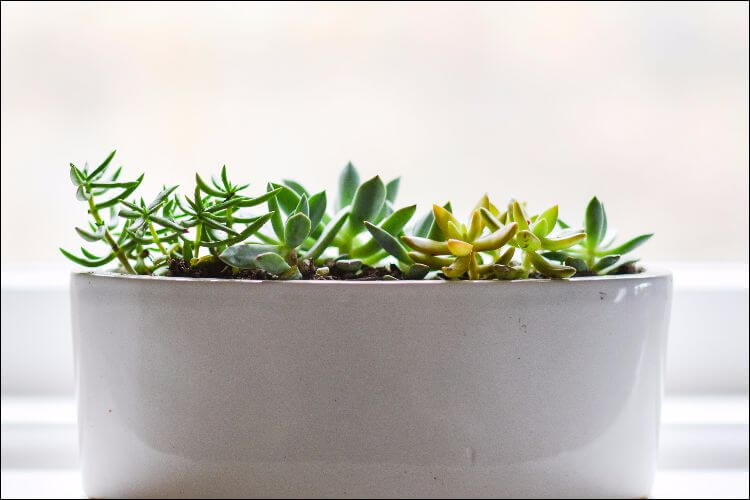
5. Feed the Plants after 10 Days
Let the herbs stay in containers for around 10 days. After that, you will need to feed them. Remember that a small container only offers a limited amount of nutrients. Every two weeks, you will need to nourish the soil. For this, use a half-strength nutrient (for example, Maxsea 16-16-16).6. Boost the Herbs
Occasionally, you may need to give a boost to your herbs. Ideally, part of how to grow an indoor herb garden correctly is to add 10 ml of B1 plant mix, as well as liquid seaweed, in every gallon of water you are giving to the plants. The B1 brings hormones and vitamins, while the seaweed offers the plants growth hormones and trace nutrients.7. Be Ready to Use the Herbs
As soon as the herbs grow enough leaves, you can start pinching them without affecting the plant’s growth. The entire process takes around 4-6 weeks, depending on what herbs you choose to plant. For example, with basil, it’s best to harvest it before its flowers open. If you don’t leave the lights on all the time, you should harvest sometime at the end of the dark period. That is the moment when you will obtain the highest levels of essential oils, for instance.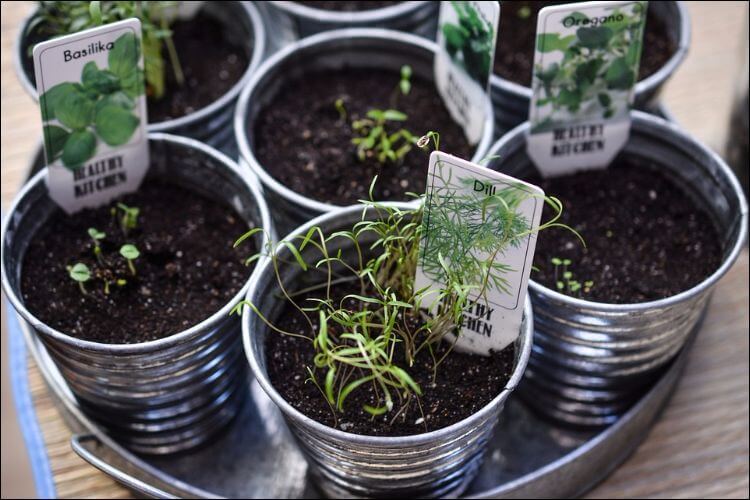
Tips on How to Grow an Indoor Herb Garden
Now that you know how to grow an indoor herb garden by yourself, it’s time to move on to some useful tips.1. Adjust the Intensity of Light
Maybe you weren’t aware of this, but the intensity of the light influences the flavor of the herbs. If you grow them in a strong, bright light, you will enjoy the best flavors. If you’re not willing to go that far for some light, you can choose herbs that don’t need it so much. For example, you can go for chives, mint, or parsley.2. The Right Temperature
Many people don’t know that an essential part of knowing how to grow an indoor herb garden correctly is to set the right temperature. For most herbs, it’s ideal to set 65-70 °F. As such, you can safely grow them in your home. Occasionally, you can cut it down to 60-65 °F, especially when you want to slow down their growth. Remember that some plants even need a dormant period.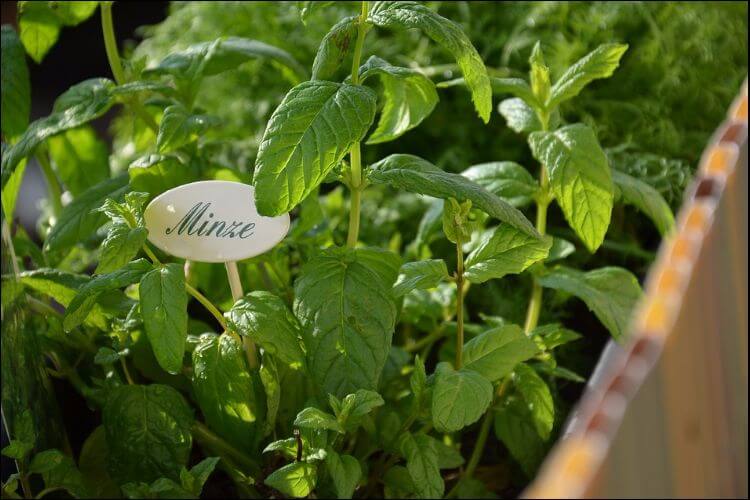
3. Choose the Best Pots
First, you should make sure that your containers have drainage holes. Next, place a saucer under every pot you use. Otherwise, you can make a huge mess or even ruin your table. However, this isn’t an issue since you can easily find pots with saucers attached to them or cheap saucers in specialized stores. Another aspect to consider is the size. The pots need to have the adequate size for the plants you choose. For instance, basil grows long roots, so it needs a deeper pot. The material depends on the humidity levels you have in your home. Remember that ceramic pots can hold in water, while clay ones are better for drying out faster. As such, if your home environment is drier, you can choose ceramic ones.4. Separate the Herbs
One big mistake you can make is to combine several herbs in one container. It’s okay to do it when you grow herbs outside, but it’s not a good practice for growing indoors. There are higher chances of something that can damage your plants, such as if you forget to water it, indoor pests, etc. In this case, you can take care of each plant individually. Moreover, you won’t help the disease spread to all your plants. You will find some multi-herb planters at the garden centers, but they are just a temporary solution. If you want a long-term idea, you should focus on individual containers.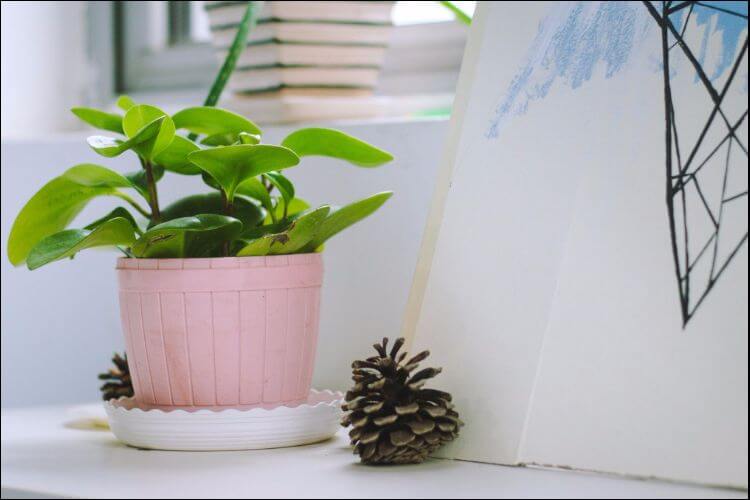
5. Flush the Herbs
One thing you should be aware of is the fertilizer buildup, which occurs often when growing herbs in pots. As we mentioned above, you need to fertilize the plants if you want to keep them healthy. However, in time you may notice a salt residue that is left behind by fertilizers. Moreover, there can be a salt deposit created by the tap water. How do you know there’s a salt deposit there? Simple, you will notice a white substance on the rim of the container. In this case, you just need to take the pot, hold it over a sink and water it thoroughly until you see water running from the bottom of the pot. It’s good to repeat this process once every few months if you want to make sure your herbs are healthy. Of course, for this process, it’s important to ensure that the pot offers a good drainage.6. Offer Good Air Circulation
One last tip for growing your own indoor herb garden is to offer a good air circulation to your herbs. If they stay too close together, they don’t have enough air, and disease will spread faster. Occasionally, you can rearrange the garden to give them some breathing room.





